The scenic area of Tian Dao Lake, known as the “Hau Flower Garden” of Hangzhou (Zhejiang, China), is located 129 km from the city center and 140 km from Huangshan, covering an area of 982 km2.
The name Tian Dao Lake reflects its most significant feature: it boasts a multitude of small islands. According to statistics, Tian Dao Lake has over 1,000 islands of various shapes, making it the largest artificial lake in China.
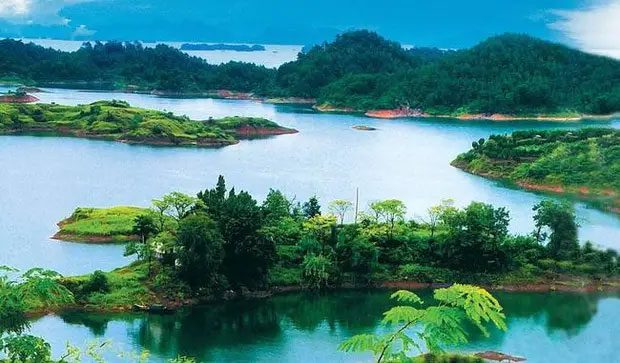
Tian Dao Lake.
The water quality of Tian Dao Lake is rated as excellent, meeting the standards for drinking water without any treatment. As a result, it is considered the cleanest lake in China, earning the title “The Most Beautiful Water in the World.”
This area is not only rich in ancient architectural structures and cultural relics but also houses a mysterious ancient city buried beneath the lake, sparking the curiosity of many experts.
Ancient architectural structures include: the Shihyep Library, the Shufuh Library, the Liangguan Tower, the Little Jinluan Temple, and various shrines, ancestral halls, and residential homes from the Ming and Qing dynasties in the mountainous villages.
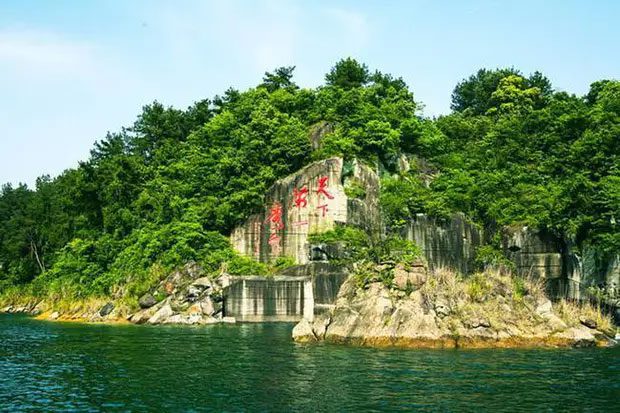
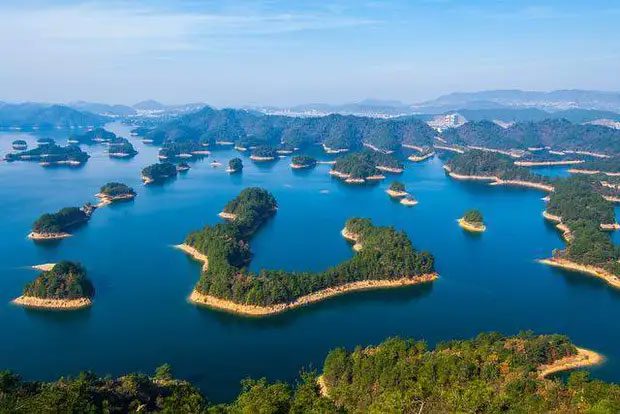
Tian Dao Lake has over 1,000 islands of various shapes.
In 2009, several cultural relics and ancient tombs were discovered in Tian Dao Lake, dating back to ancient periods such as the Stone Age and the Spring and Autumn Period.
In addition to the cultural relics, as early as 1974, an ancient human tooth fossil was found in a cave named O Quy in Ly Jia Town, dating back approximately 50,000 years.
Tian Dao Lake in Hangzhou has long been famous throughout China and internationally, yet few are aware of the ancient city hidden beneath its crystal-clear waters. Among these are Shu Cheng and Ha Cheng, built during the Han and Tang dynasties. During the Ming and Qing dynasties, additional towers and shrines were constructed along with numerous other architectural projects.
By 1959, China constructed the Xin’an Hydroelectric Station, causing the two ancient cities to be submerged deep beneath Tian Dao Lake.
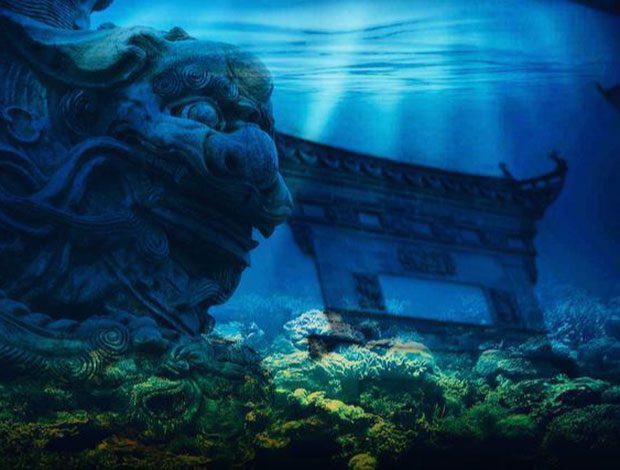
With advanced modern technology, images of the ancient city underwater have been revealed by professional divers and archaeologists, uncovering secrets layer by layer.
Within the ancient Shu Cheng, wooden houses of the inhabitants can still be found. Stairs, stone walls, and even some houses remain intact, showing no signs of decay. The city gates still stand tall underwater, capable of opening and closing normally. The nails and iron rings above remain in good condition, with minimal rust. The mortar between the stone gaps of the city walls is also well-preserved.
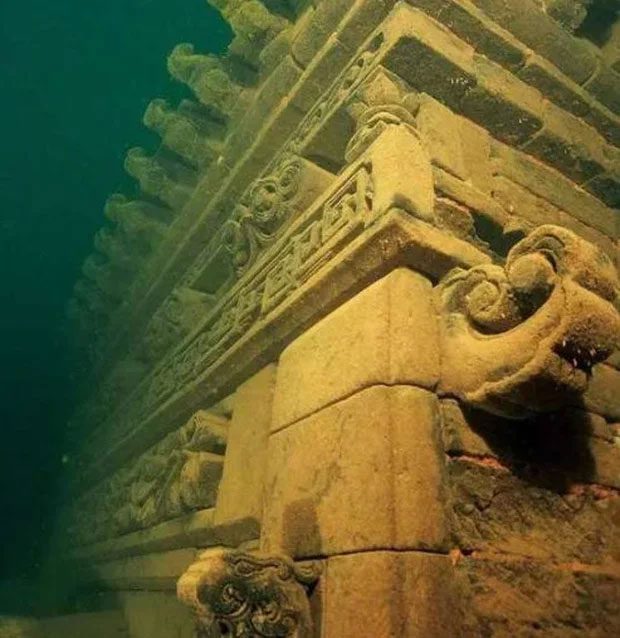
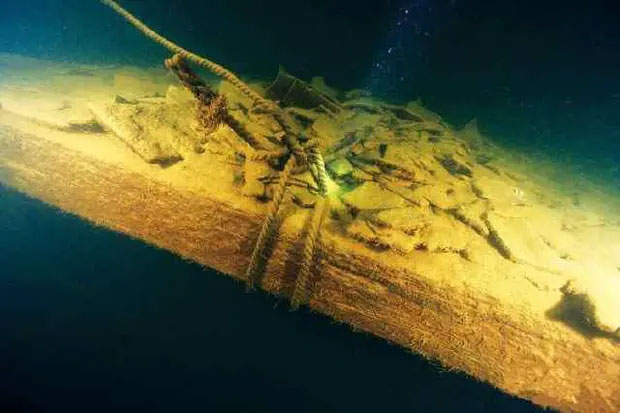
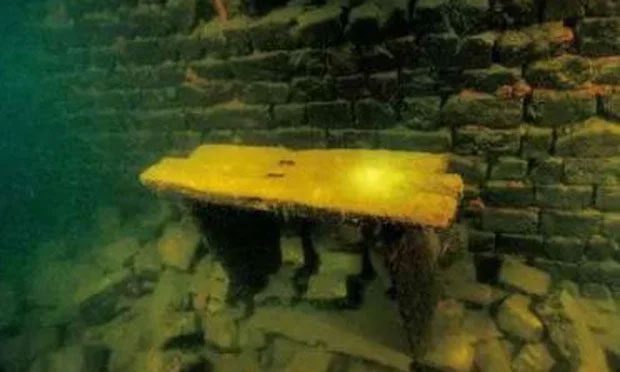
In addition to the two ancient cities, Shu Cheng and Ha Cheng, there are also three other significant ancient towns: Wei Ping, Gang Kou, and Cha Yuan.
Although submerged at the bottom of the lake, these archaeological sites are still remarkably well-preserved, creating an impressive, mysterious collection of ancient architecture that bears the marks of time.
Divers have also discovered a tile inscribed with the phrase “Crafted in the 15th year of Guangxu” (which corresponds to the year 1889) and a stone tablet from the Ming dynasty in the mud at the bottom of the lake. It is no exaggeration to say that the bottom of Tian Dao Lake has truly become an underwater kingdom!





















































